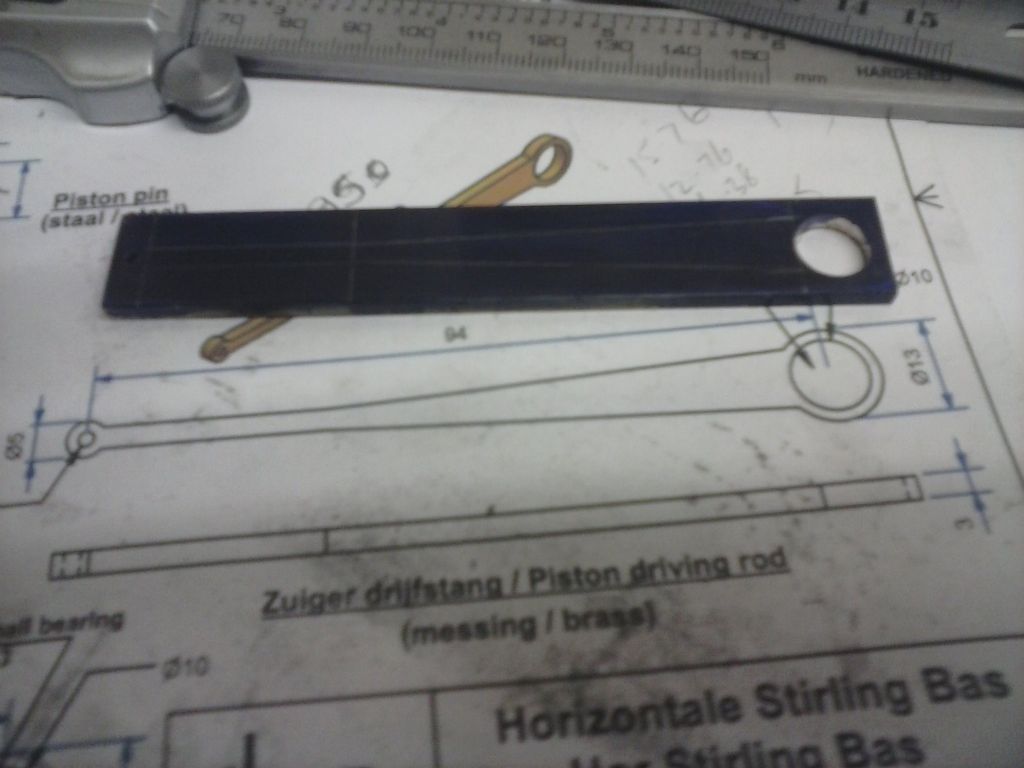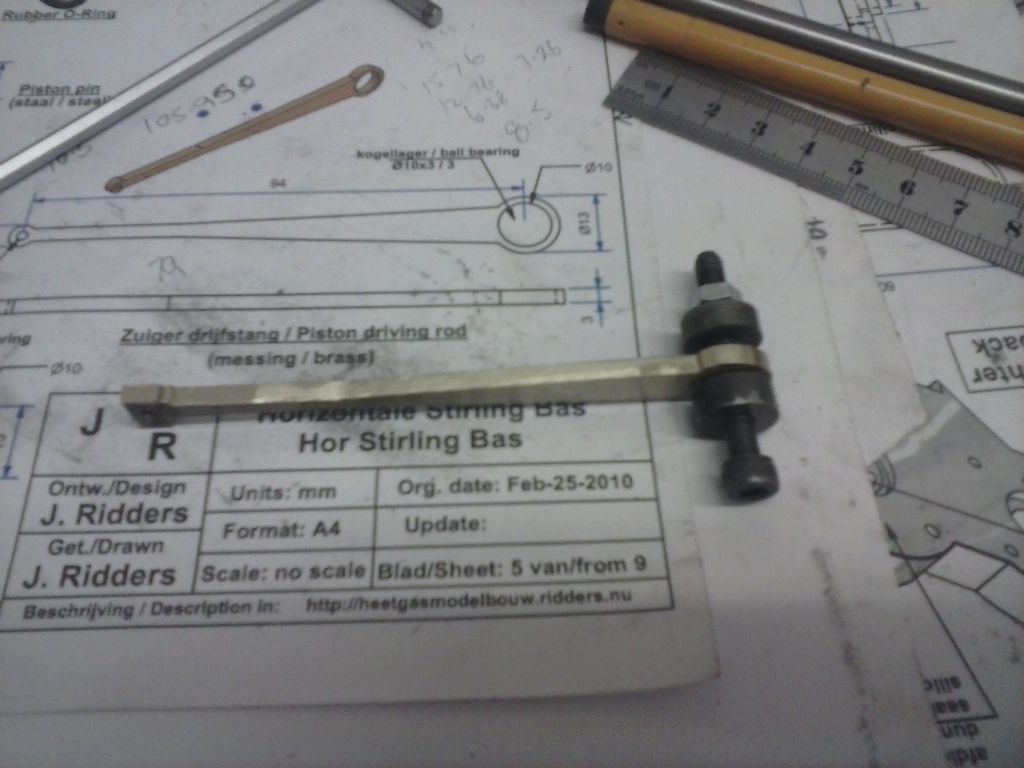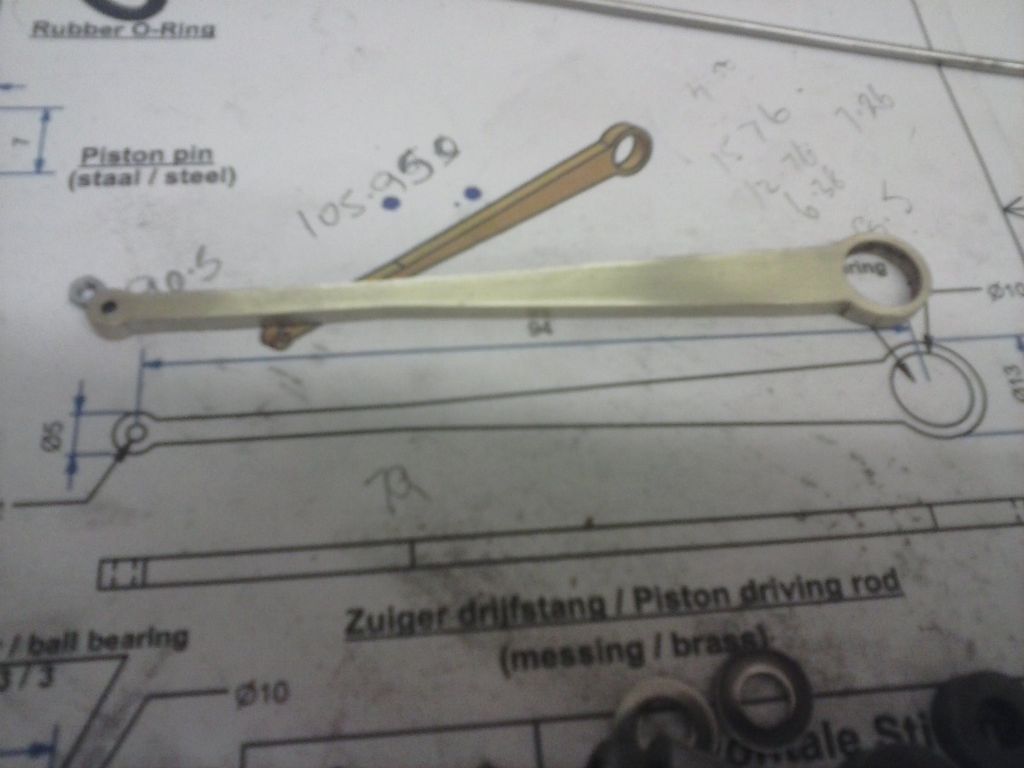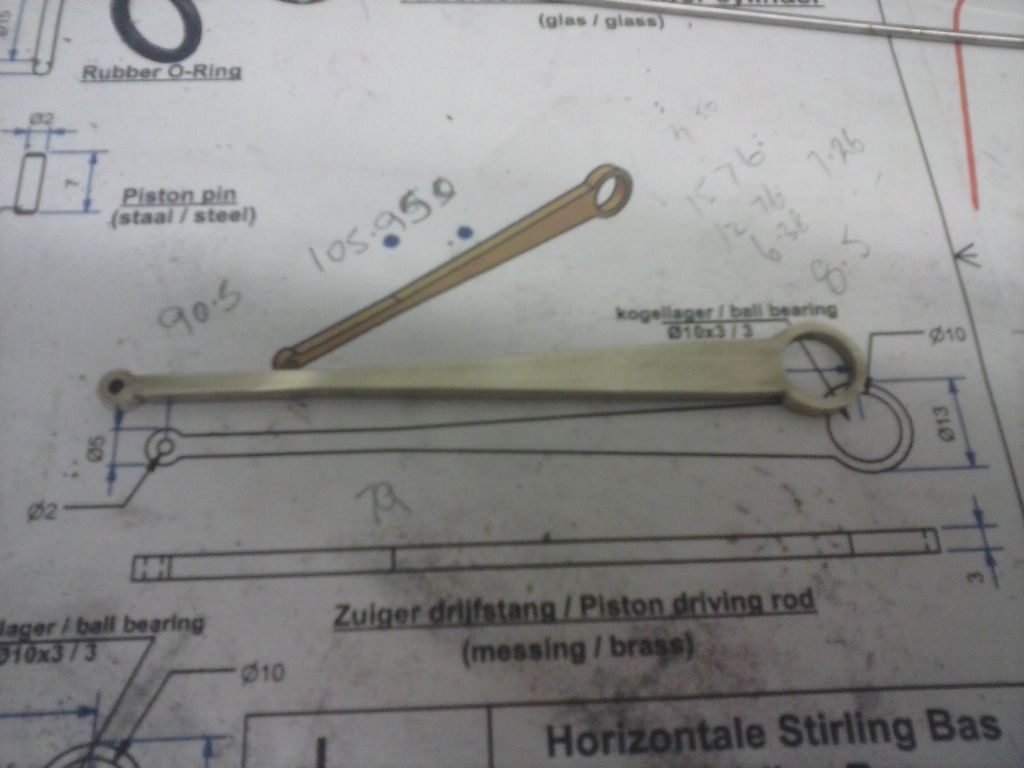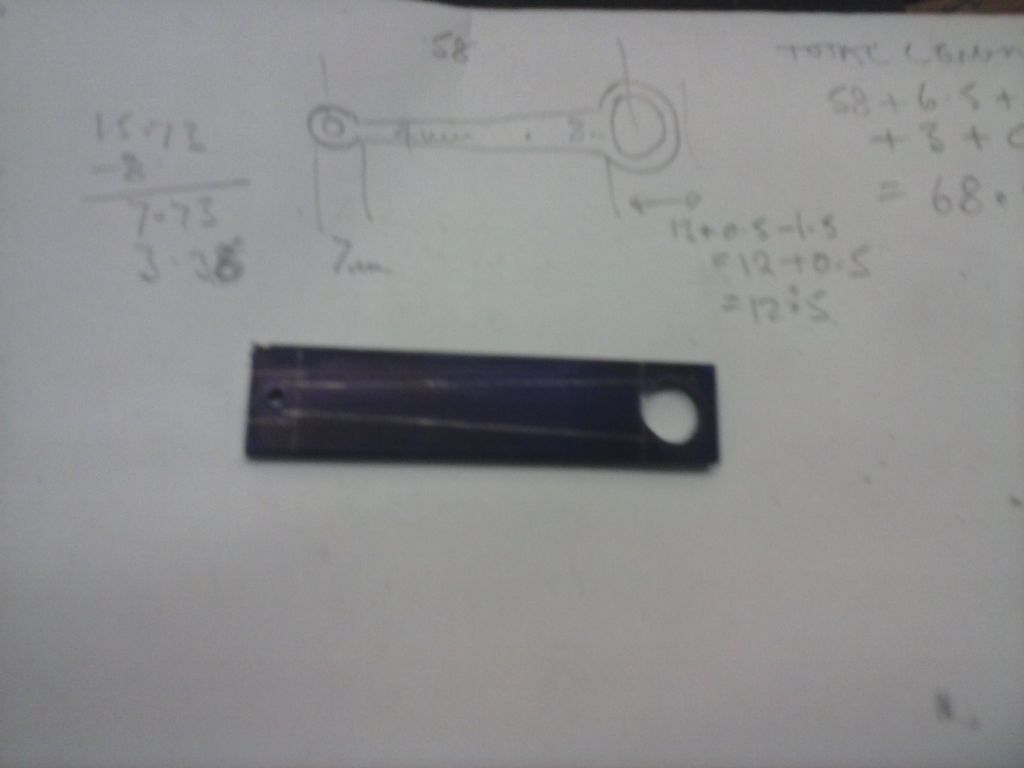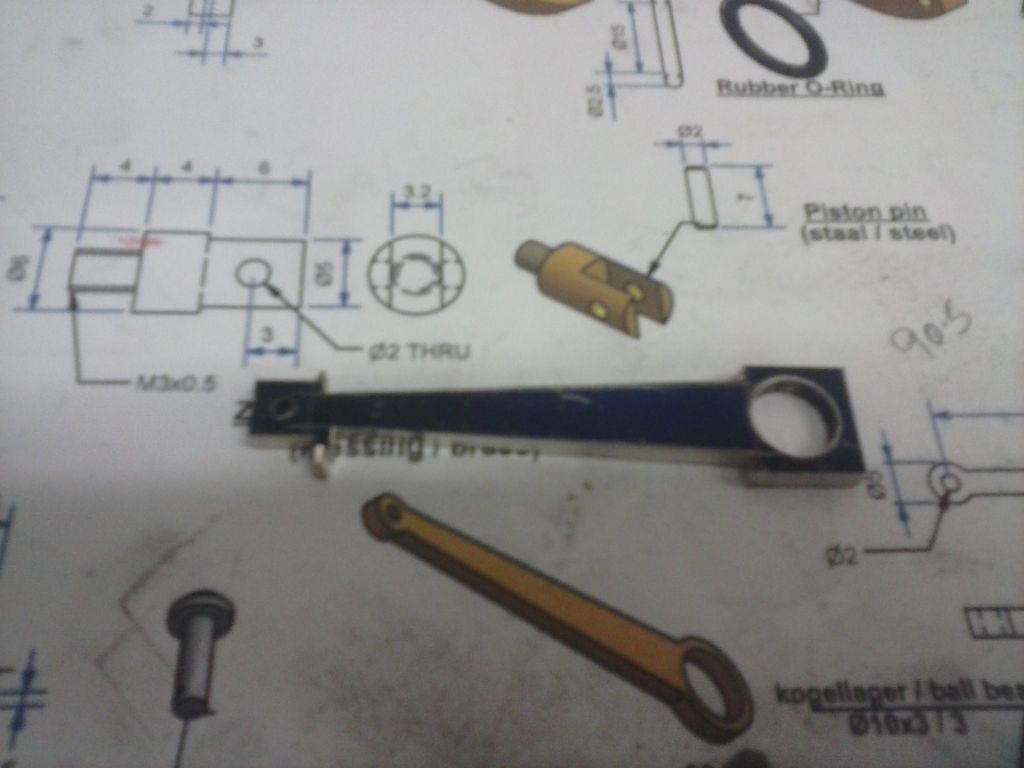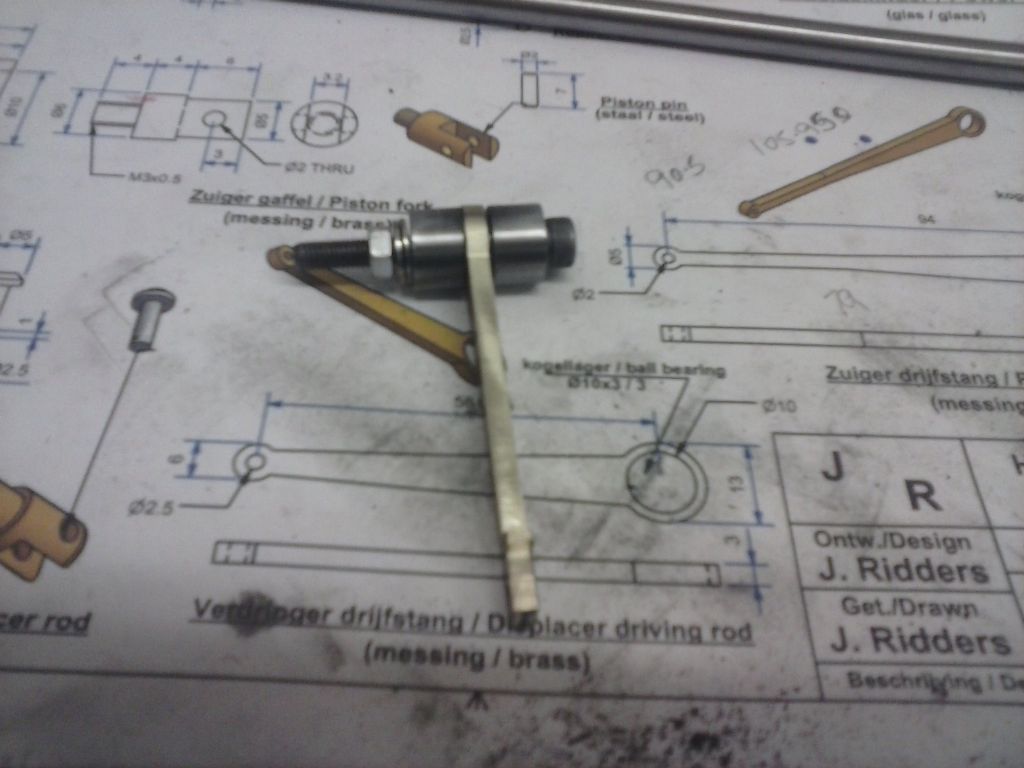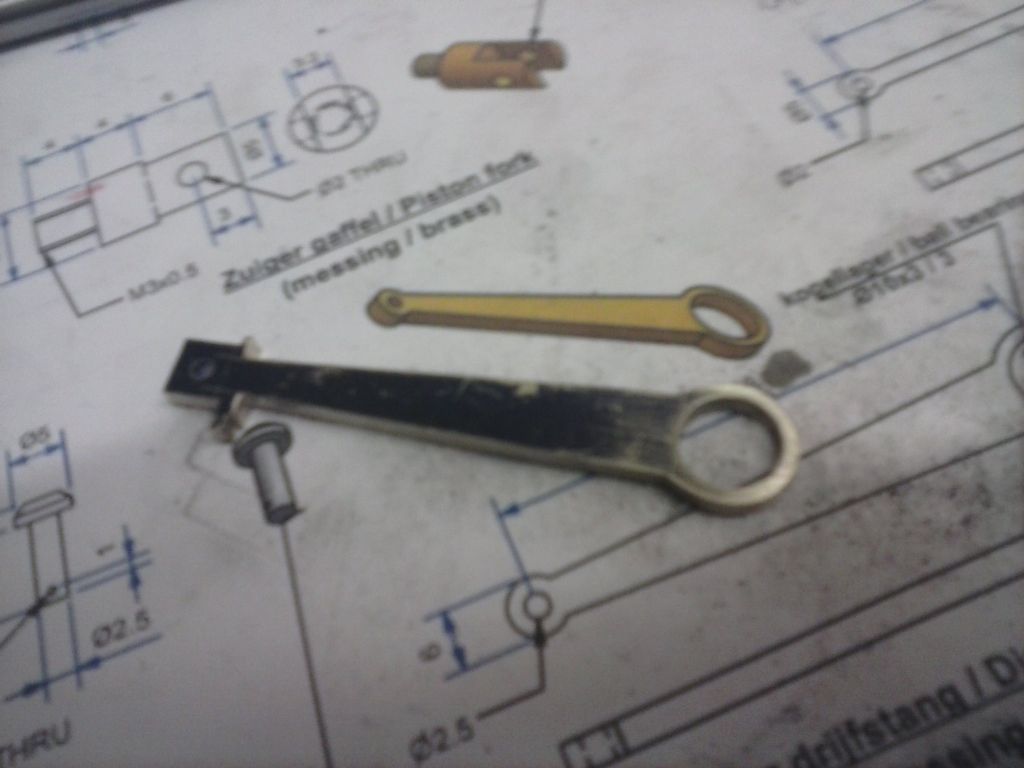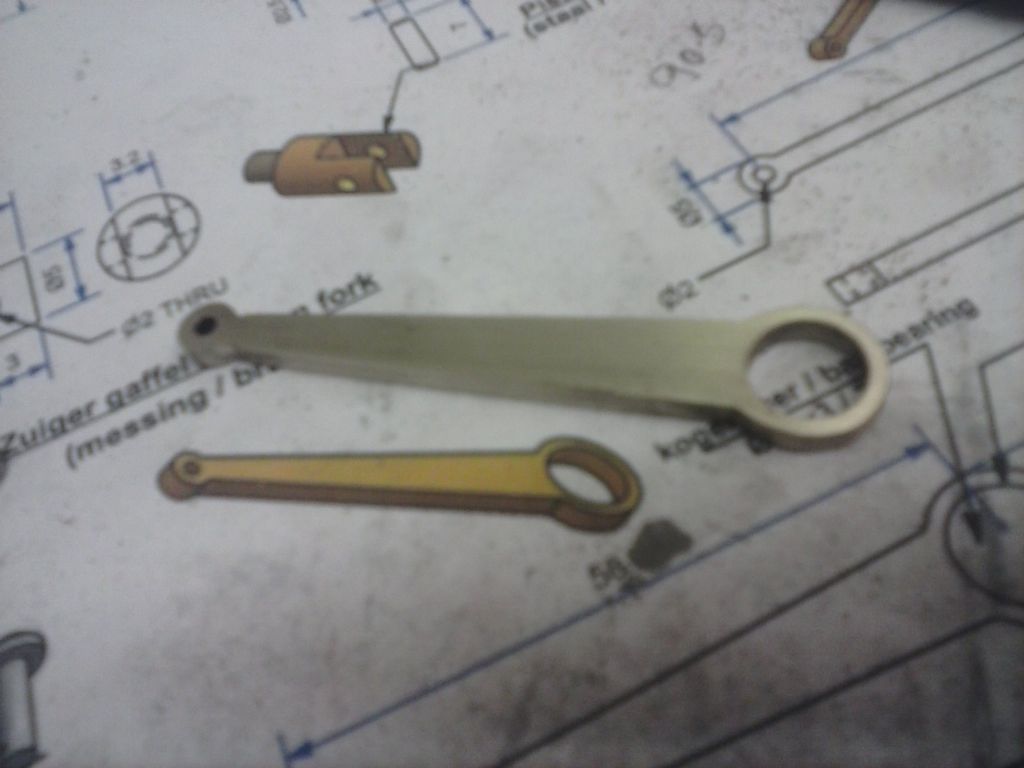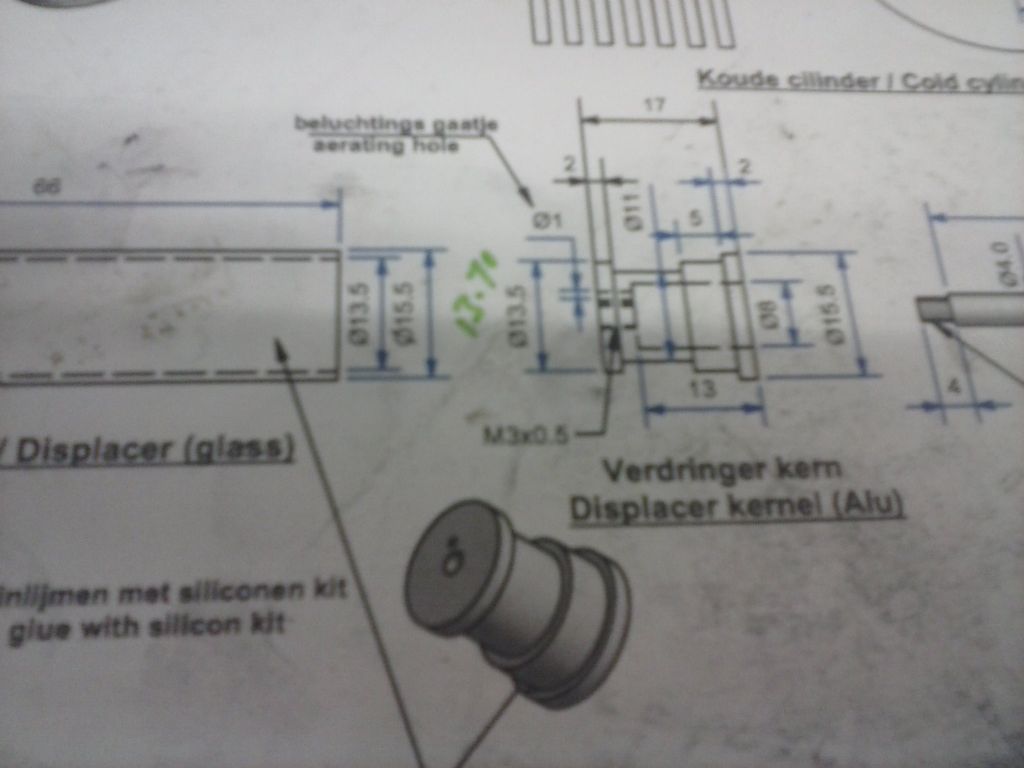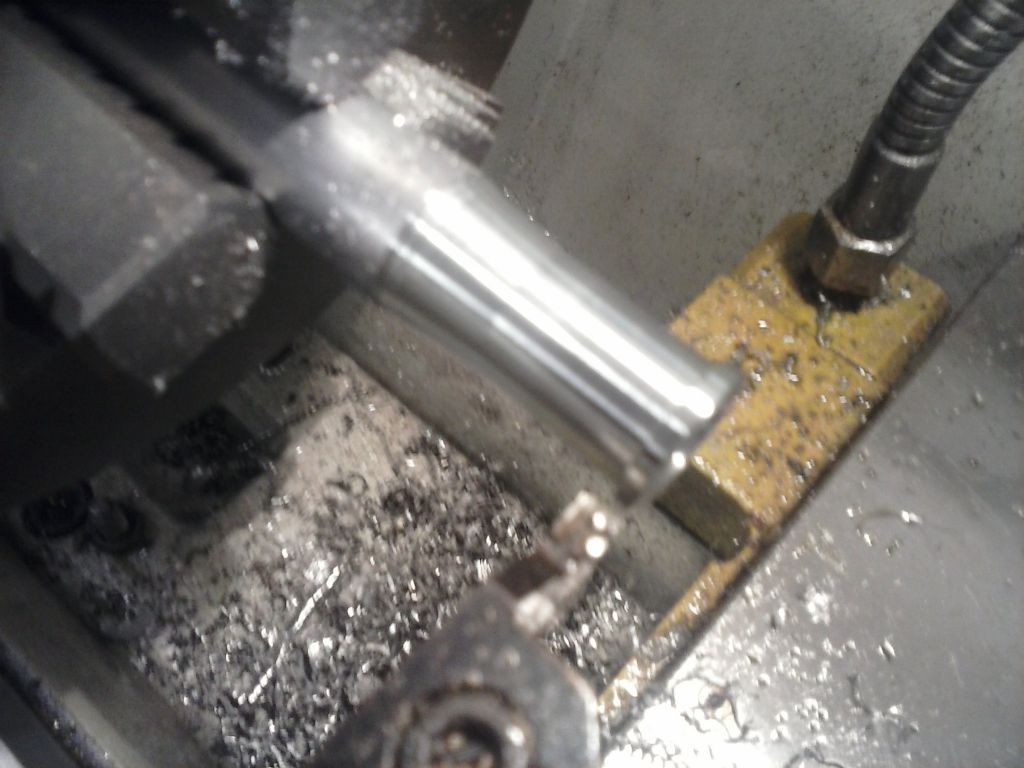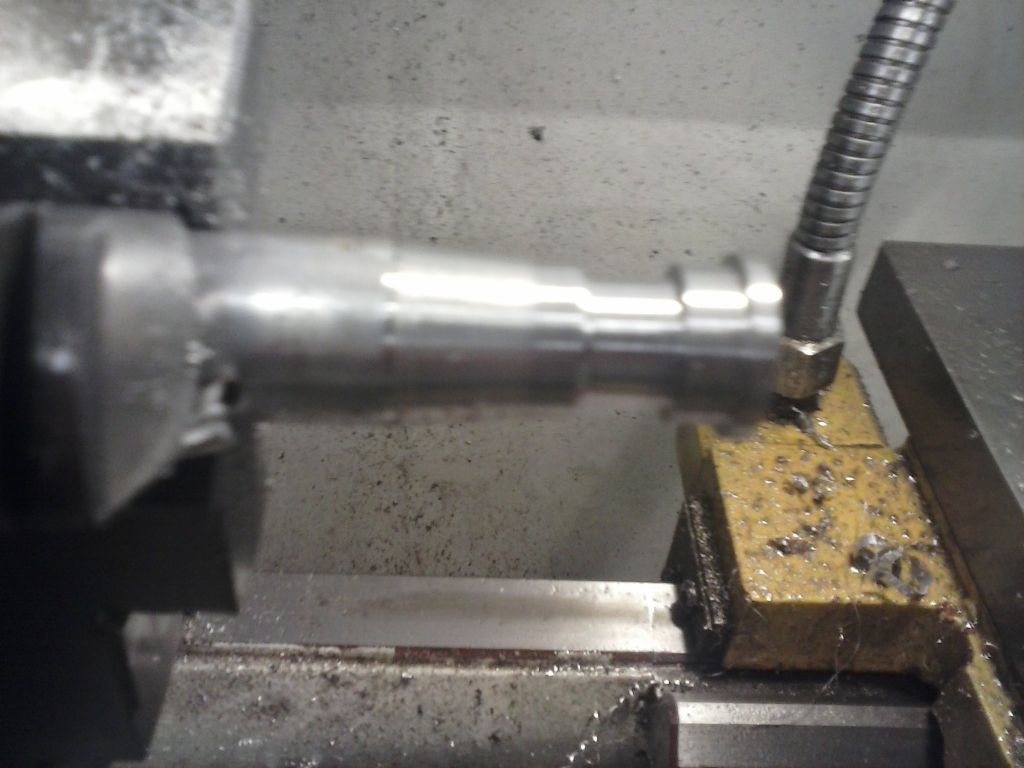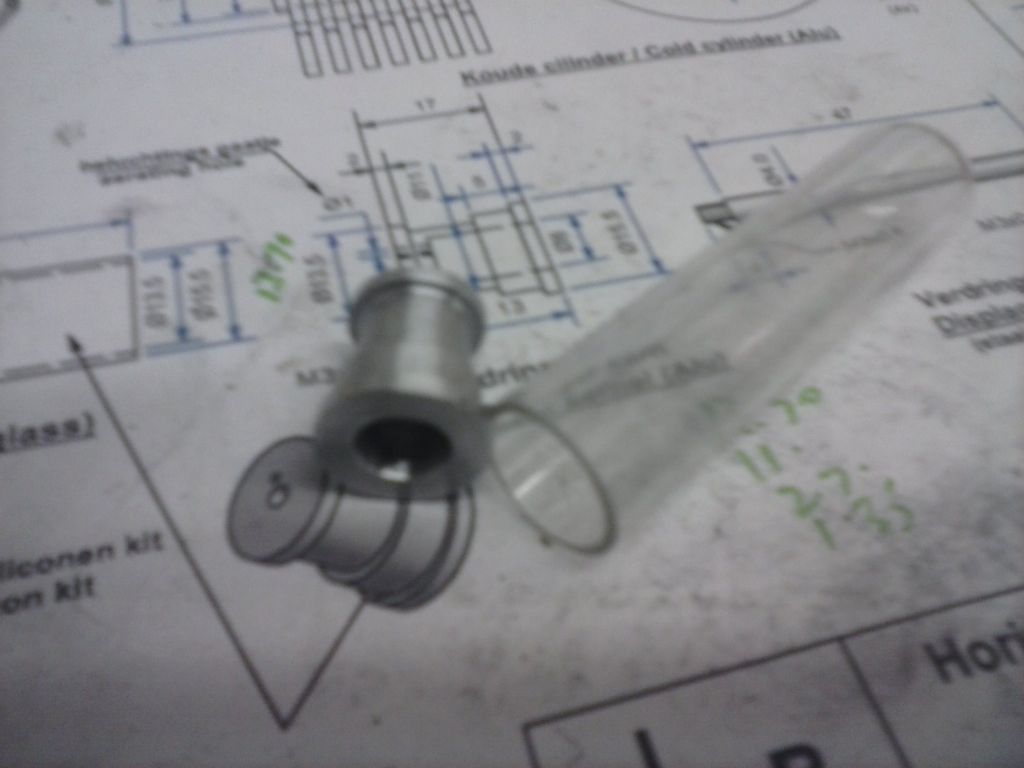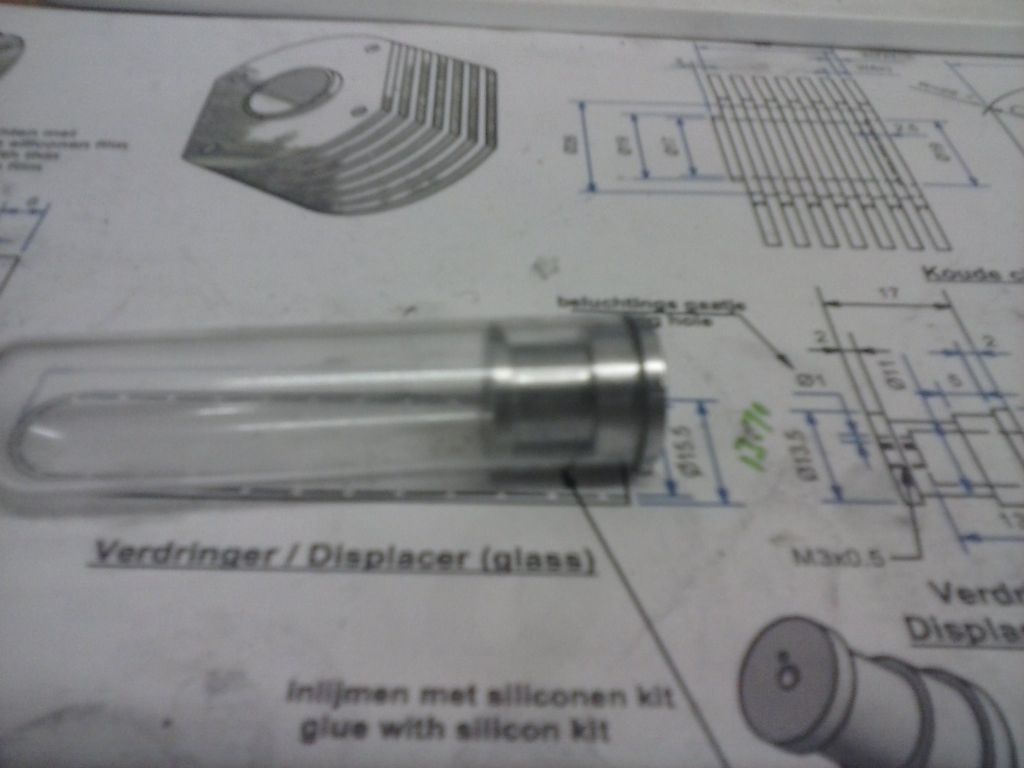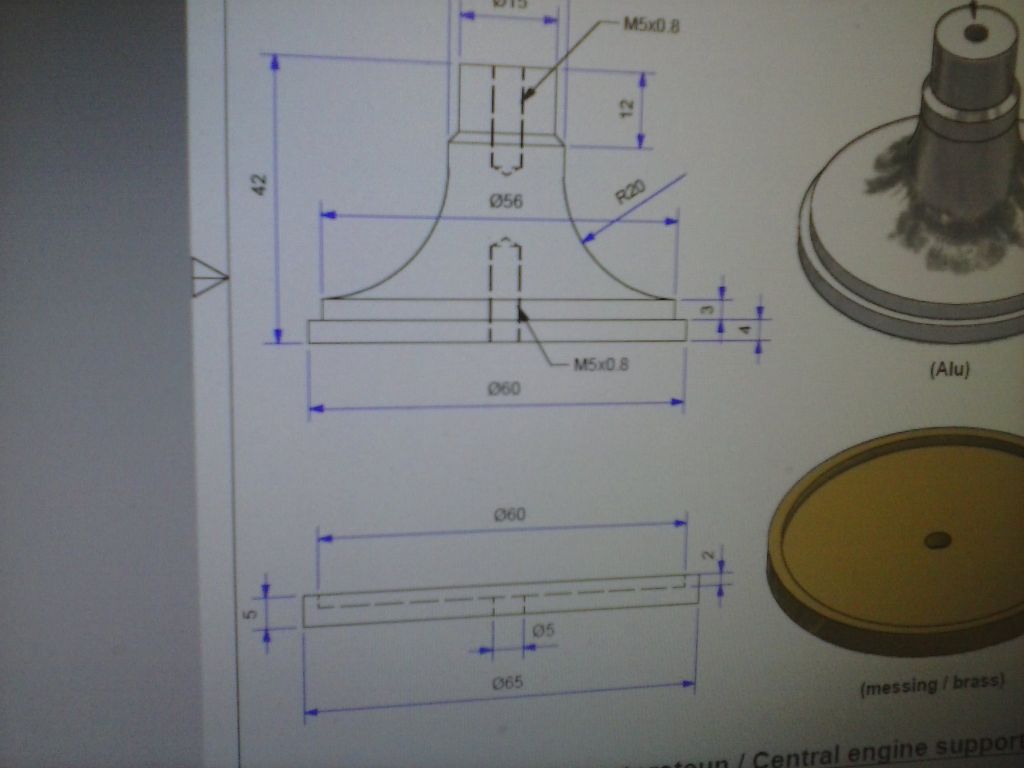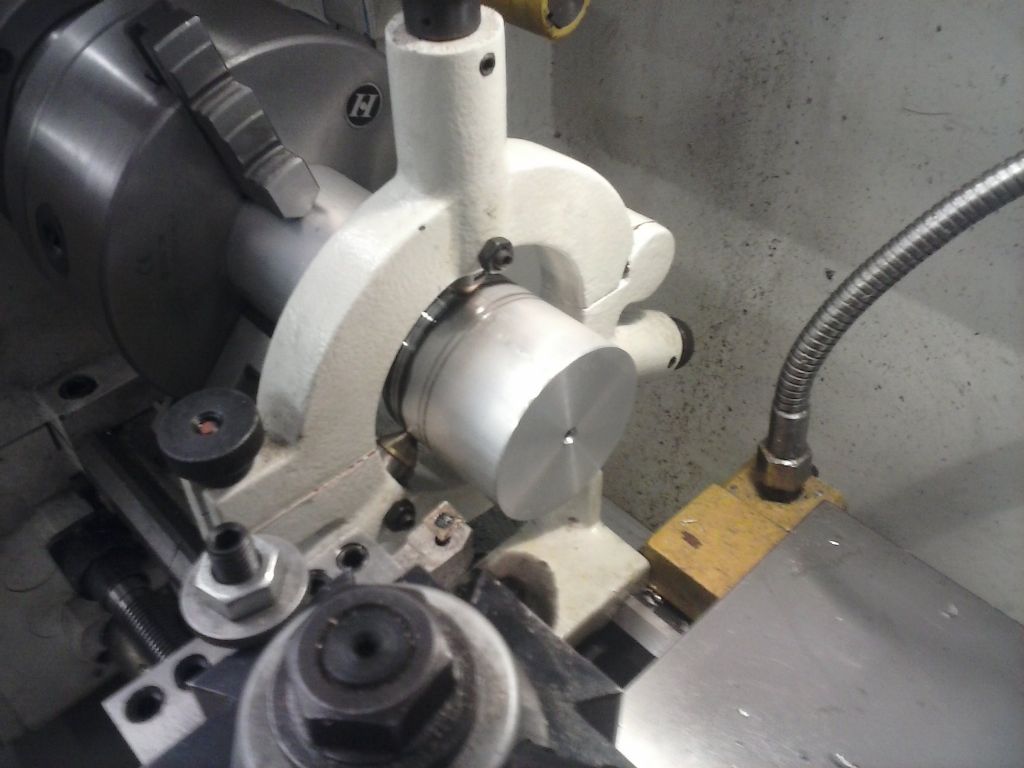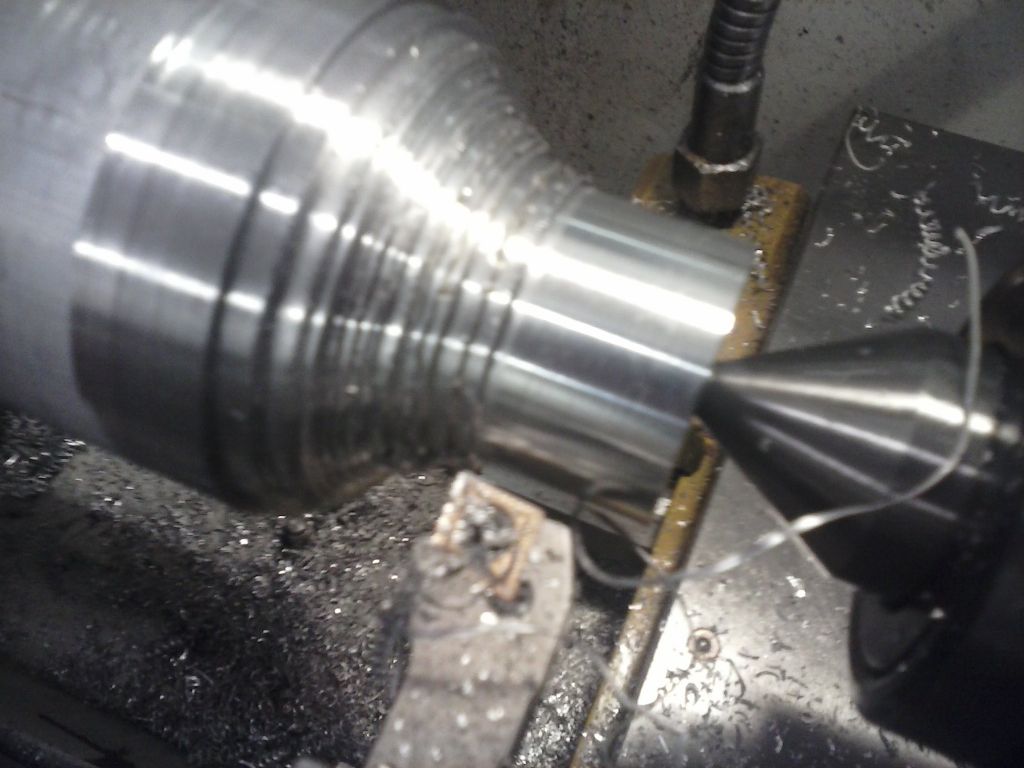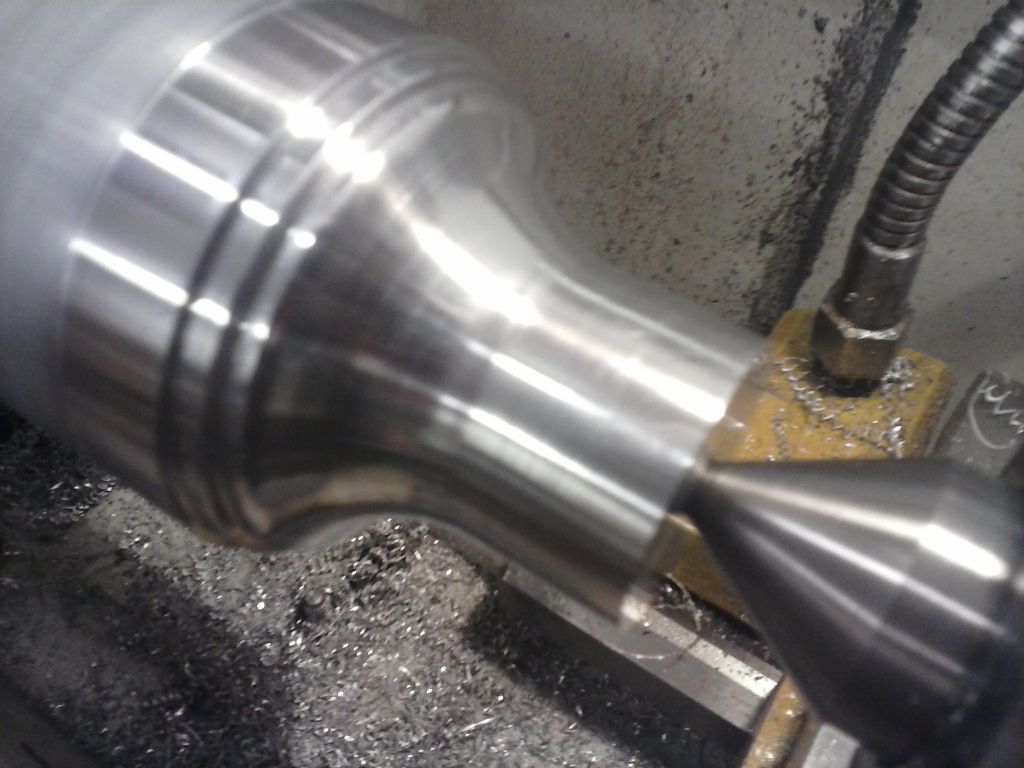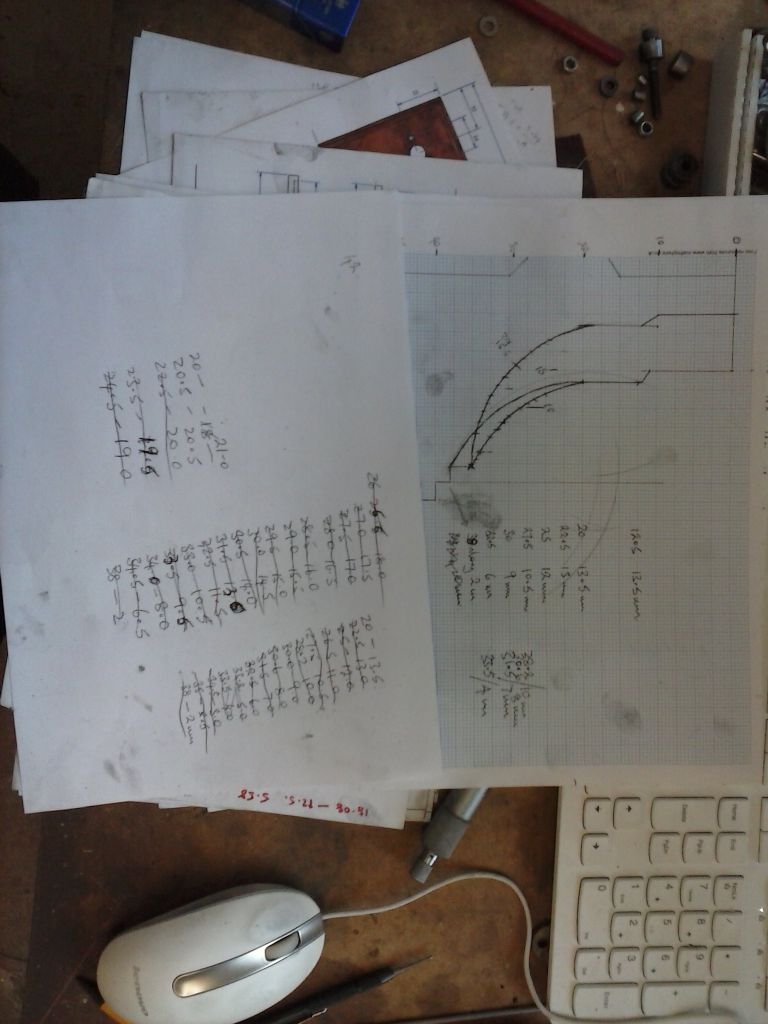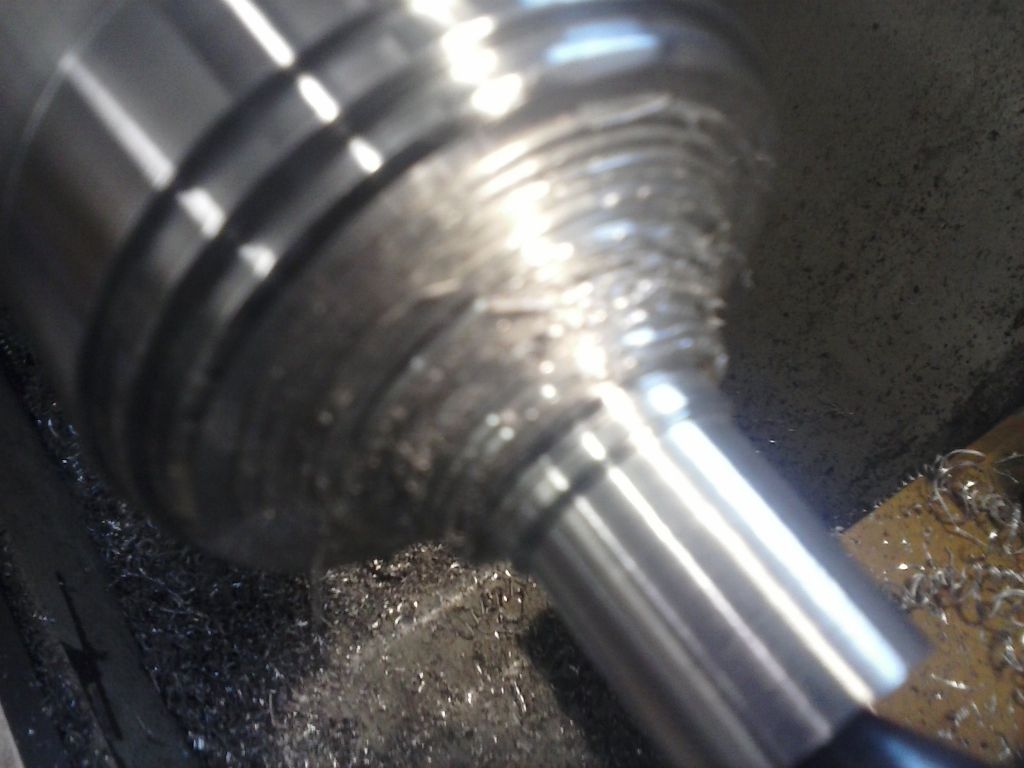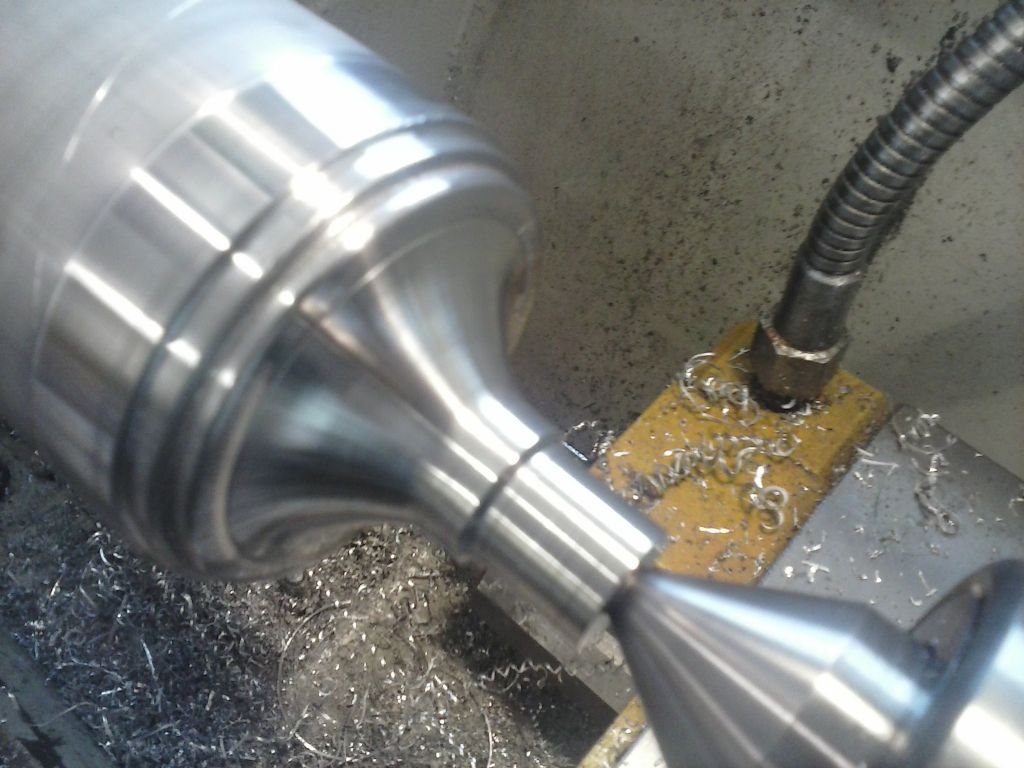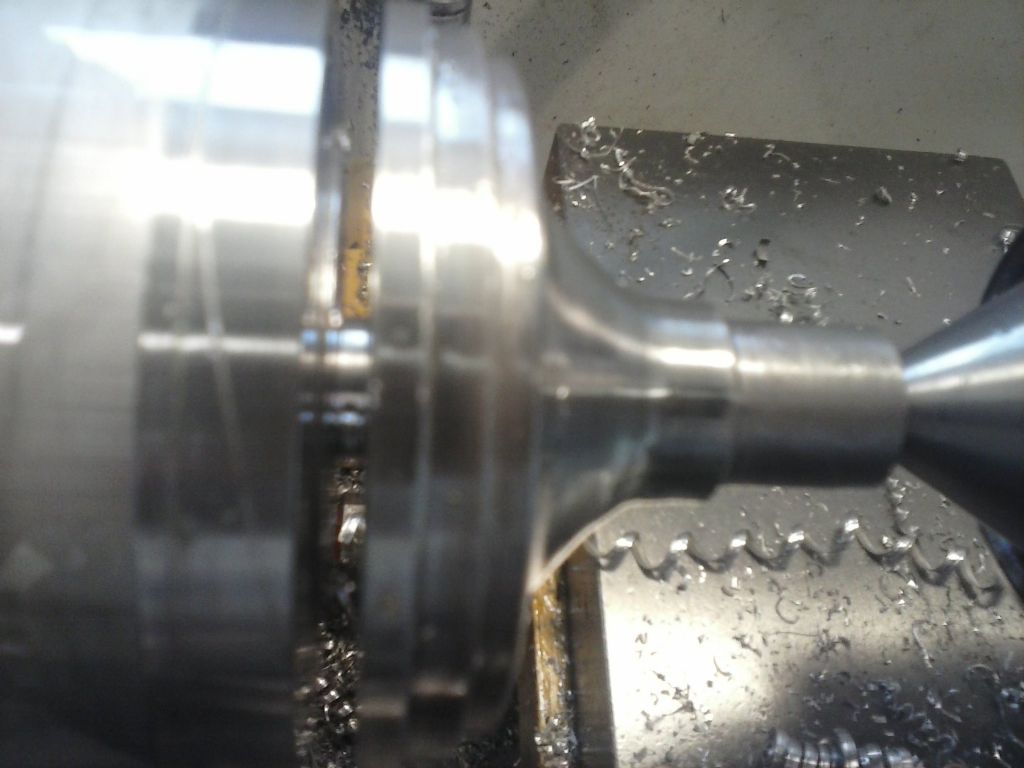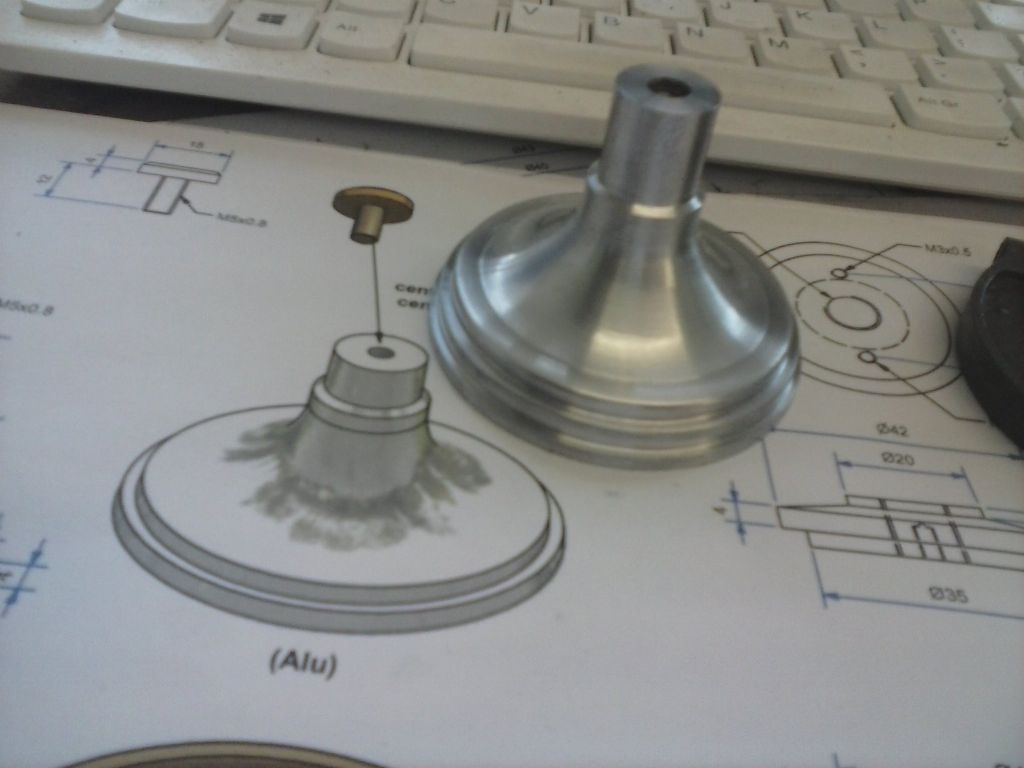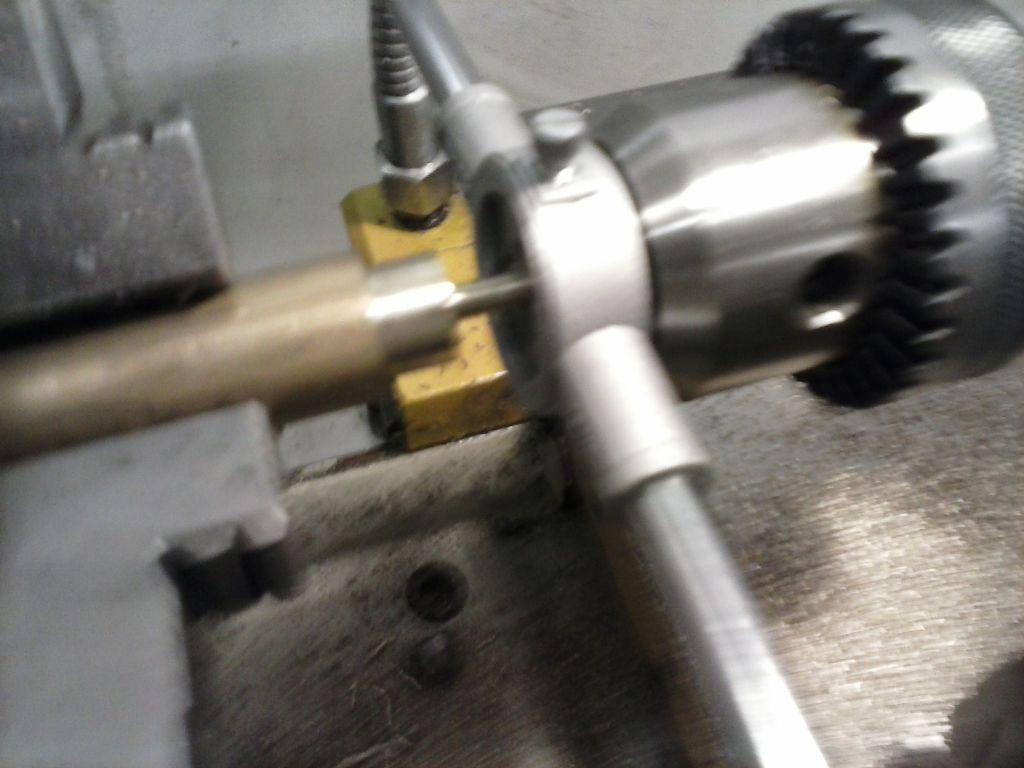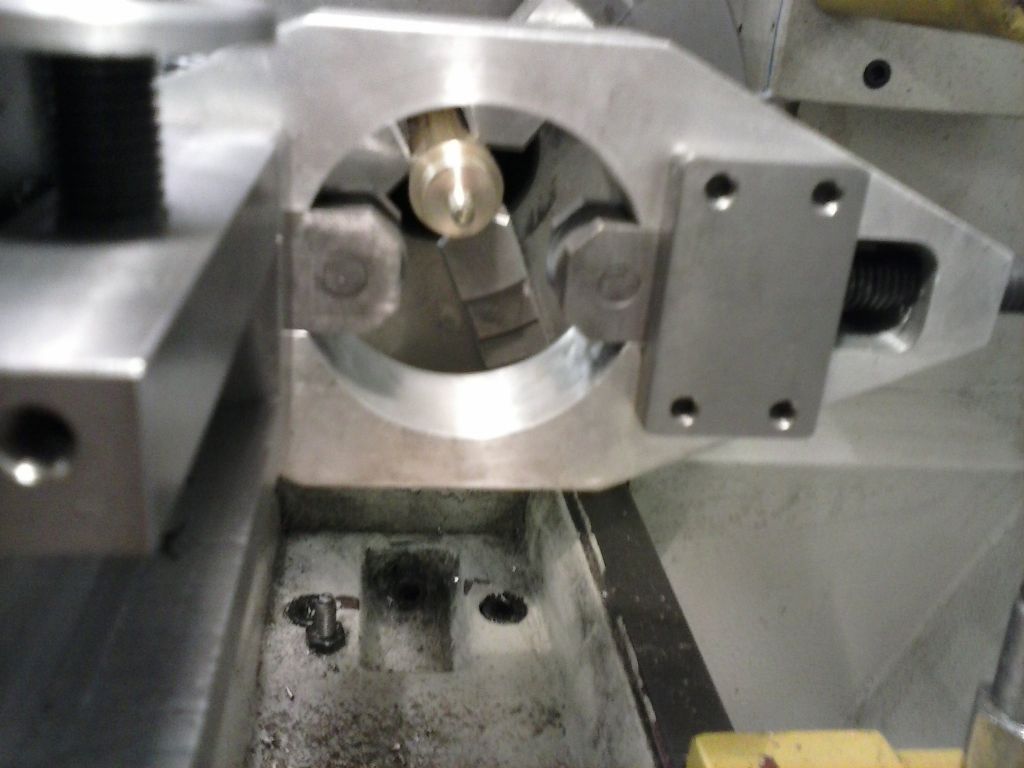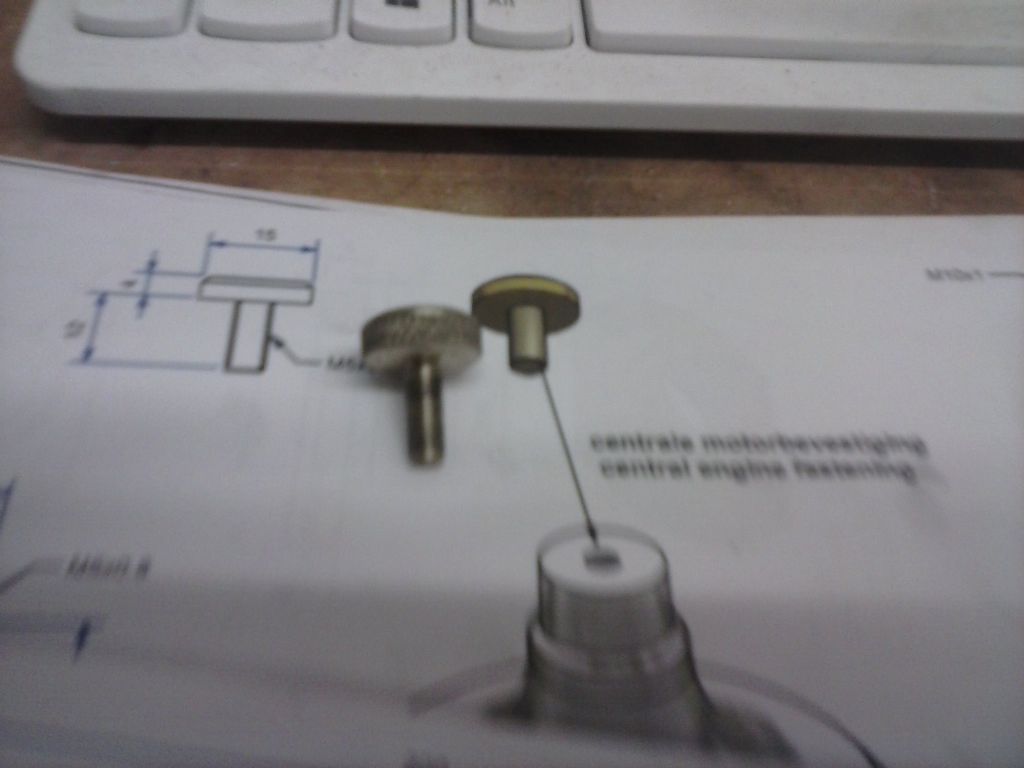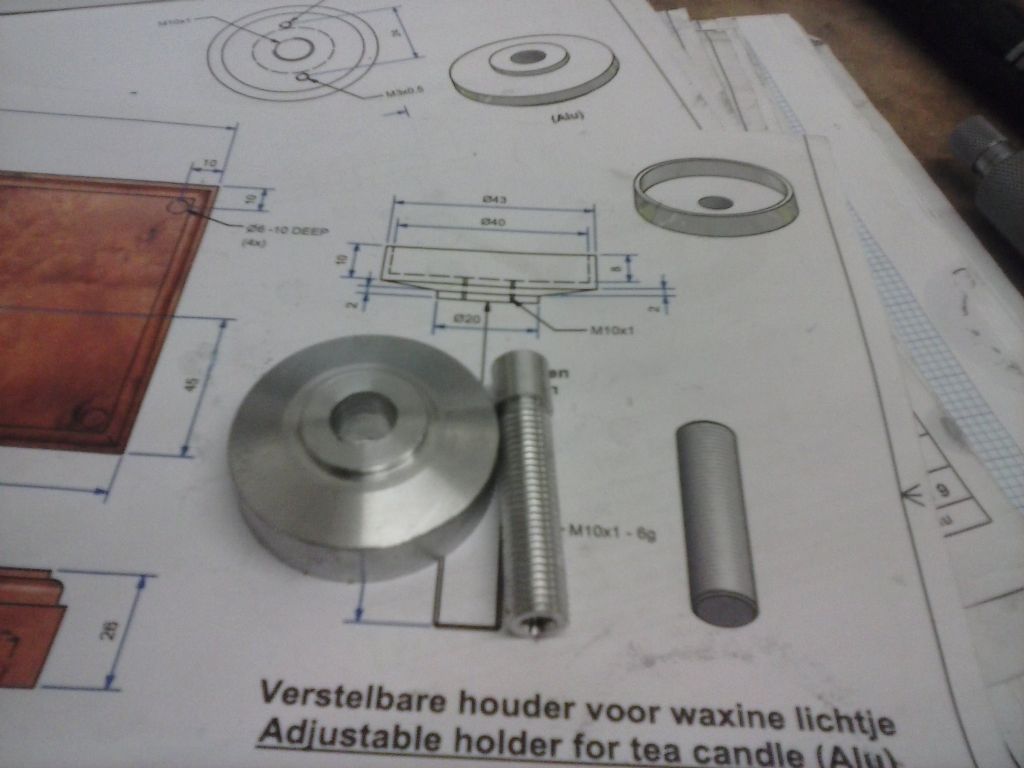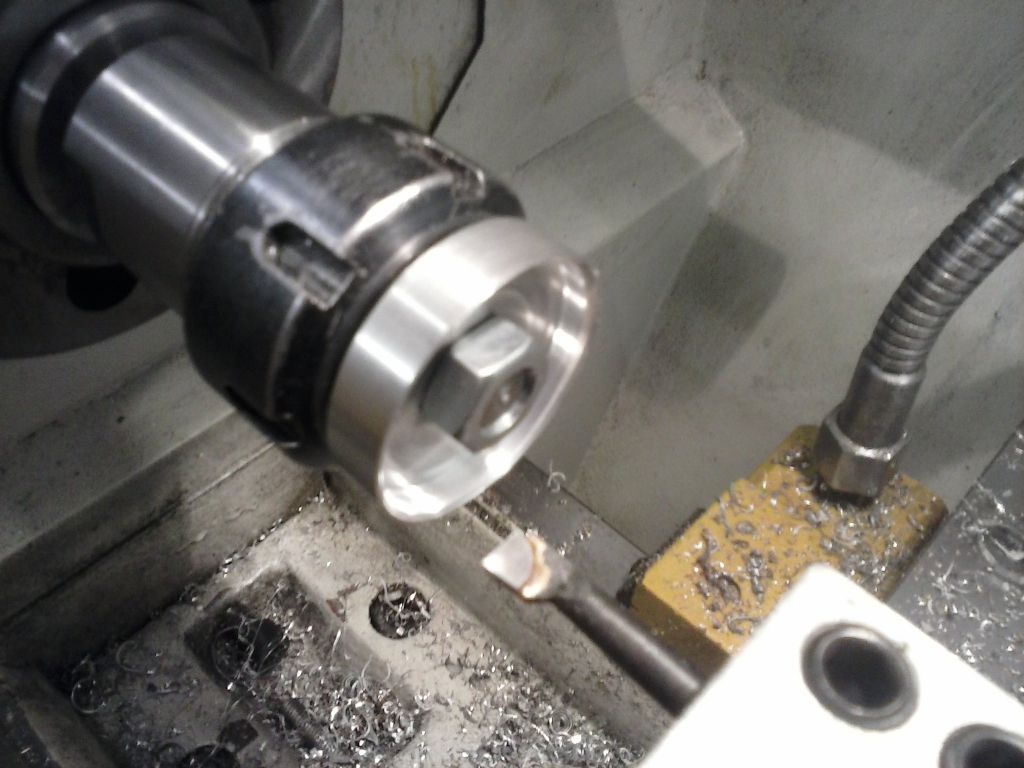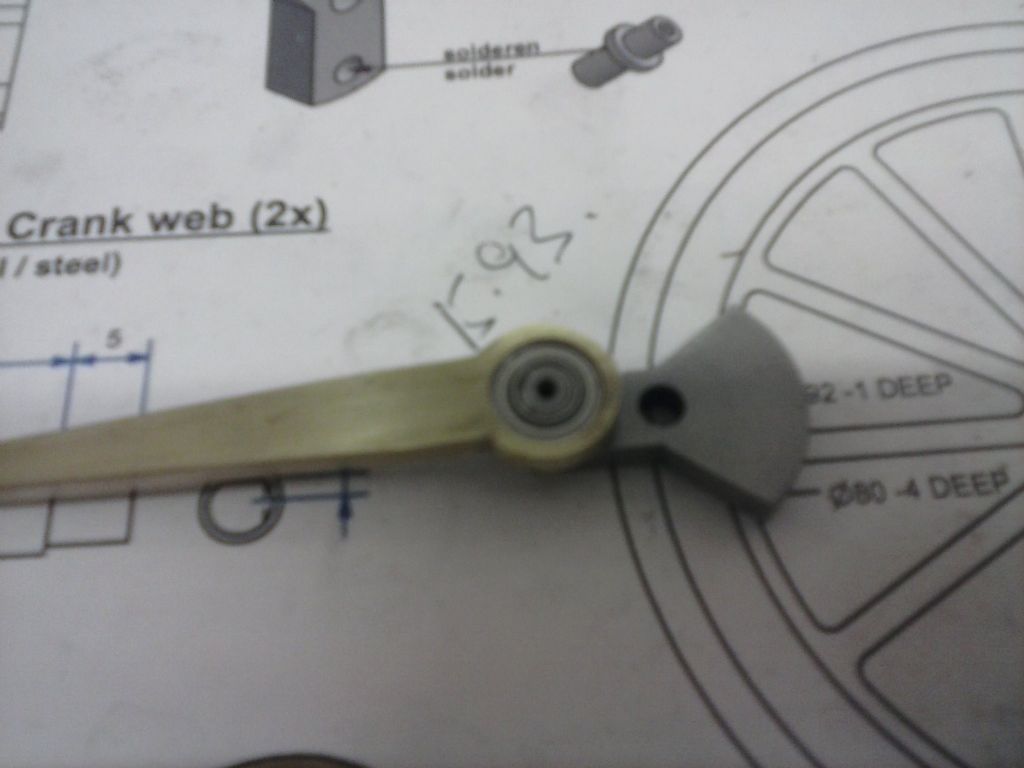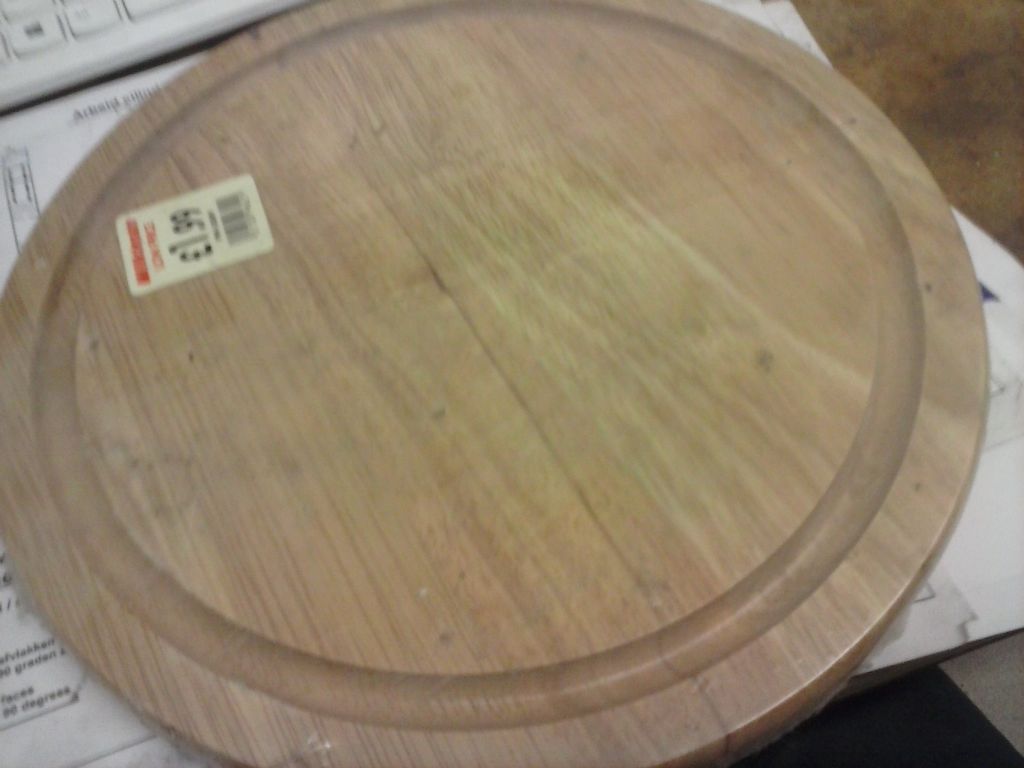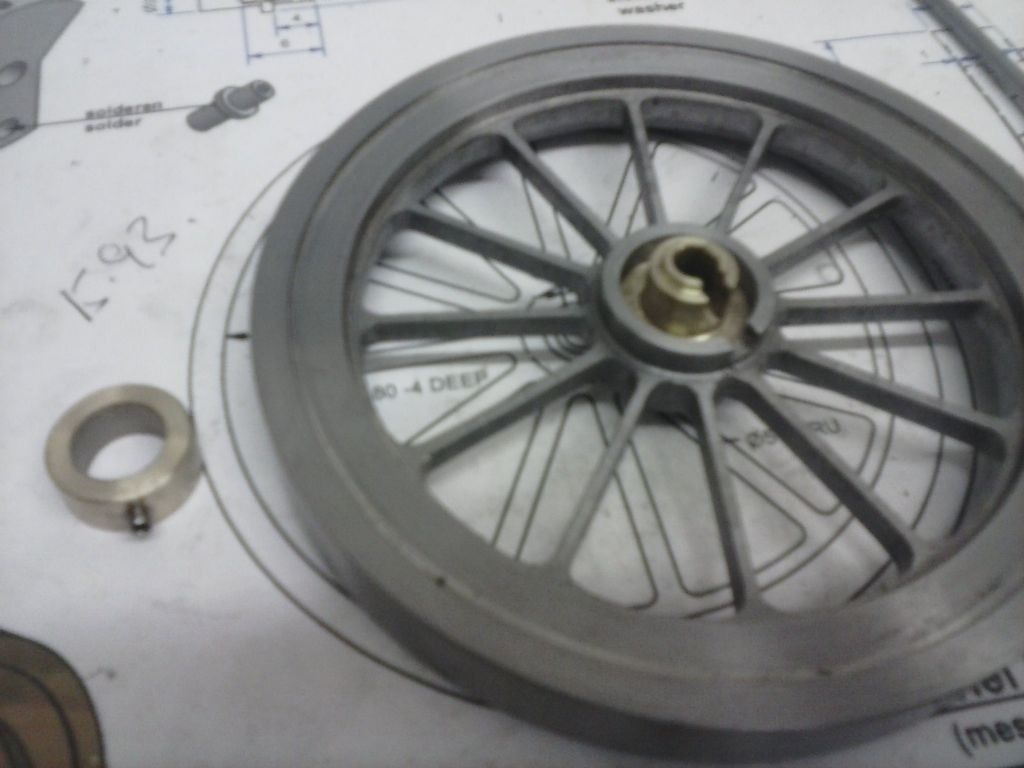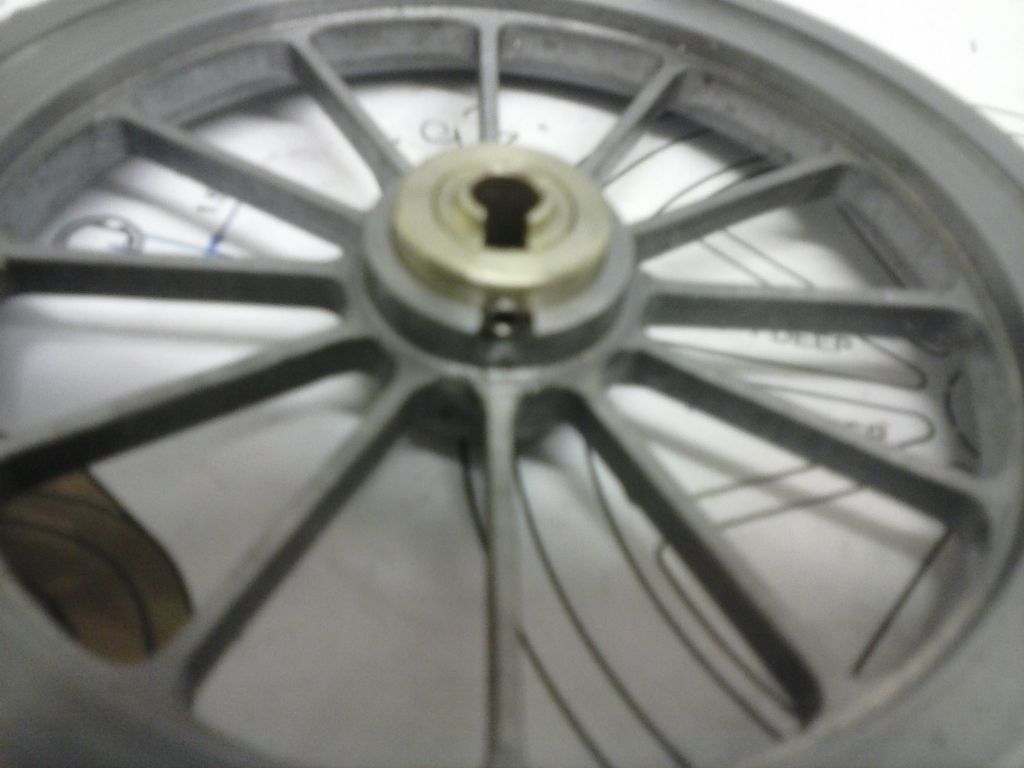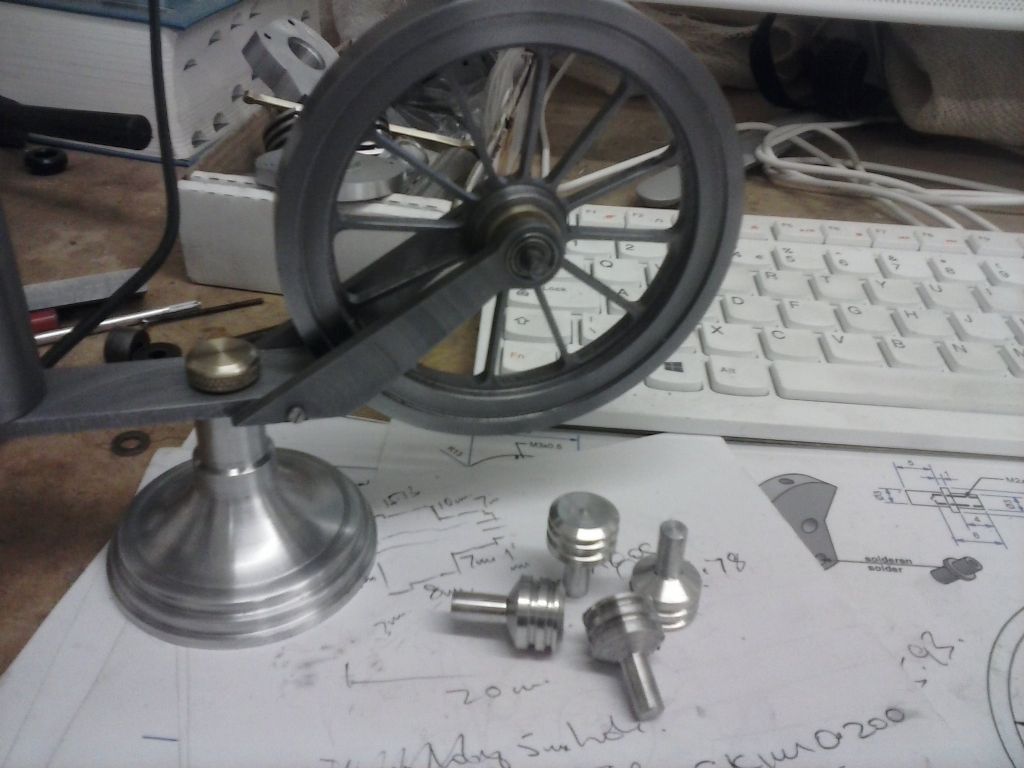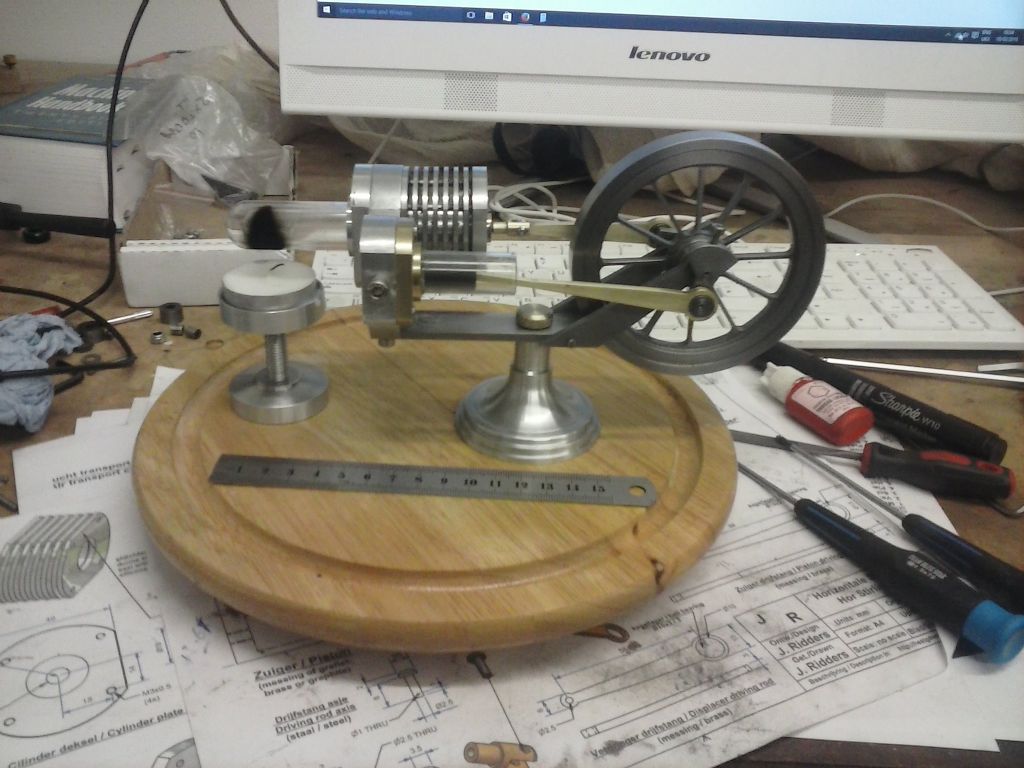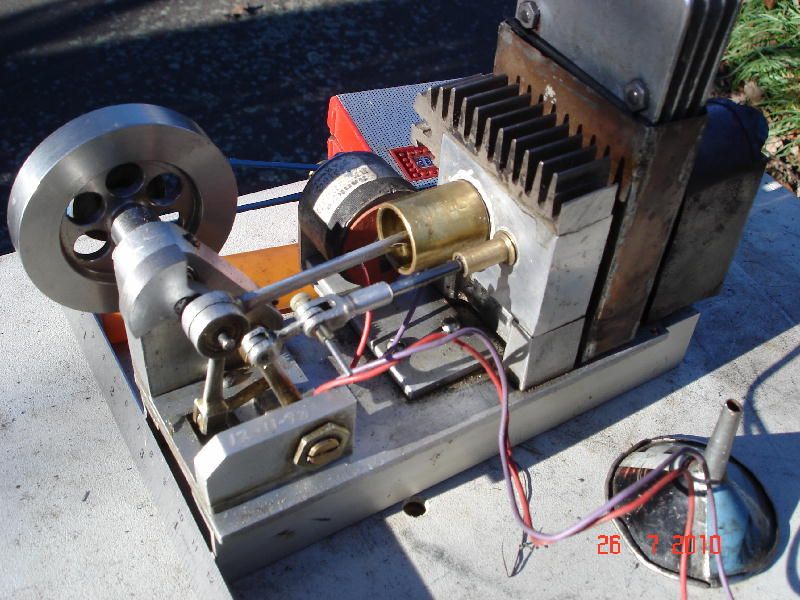And i thought I was having a bad day ….I'm not Brian and sleeving the shaft is the same as bushing the bearing 
On to the first stand..and my turn to have senile moments…
I'd drawn out the profile on graph paper and worked out the coordinates. I didn't want to cut my large ally bar and waste the holding end so decided I'd have to use tailstock and a fixed steady to drill for that. This was on the limits of my lathe.. the gap bed means you can't mount the fixed steady close to the head and to have tool access i had the steady only 2/3rd on the bed and the last 1/3 hanging over the gap..but it worked.


I happily ran the lathe to the worked out coordinates… a long slow plod with swarf everywhere..

Then started blending it all in.

What with file cleaning and emery work it wasn't quick. Just when i thought I;pd done I realised I'd made a mistake on my drawing – a half profile and stupidly drawn the top distance full width instead of half.. modify the drawing and new coordinates..

The redo the part to the deeper coordinates..
that's when my senior moment really kicked in and near the end i brain-f@rted and wound the cross-slide in instead of out..and gouged it!.
the options were to start again or since the part is purely decorative then use artistic license and blend my error in..


OK it's not exactly to drawing but looks pretty good to me.
Then parting… I didn't have the courage to try and go right through with a tailstock on there and it was tending to get sticky on the tool at depth but did go some 26/27ml deep on teh radius

I really do like indexable parting tools..
After that it was hack-sawed adrift and reversed into a collet for skimming the base and the base thread

Now to spend several hours cleaning up….
Edit:
I should add that the extra base step is instead of the separate brass sub-base..to save the brass cost.
Edited By pgk pgk on 31/01/2016 13:25:07
Ian S C.


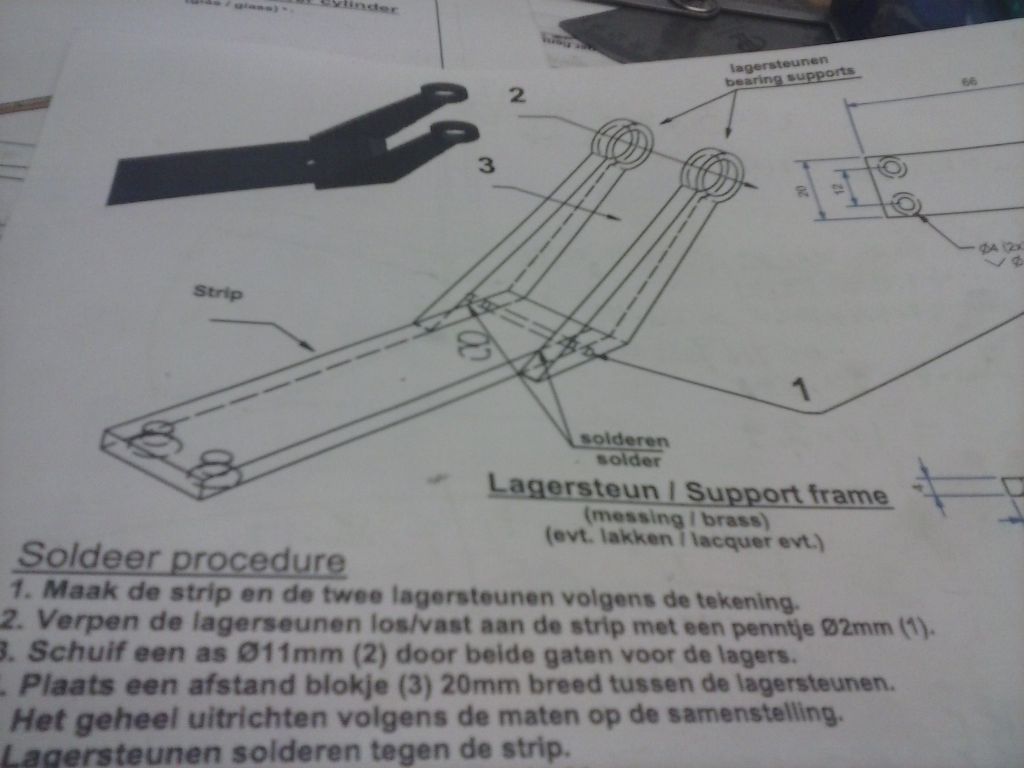
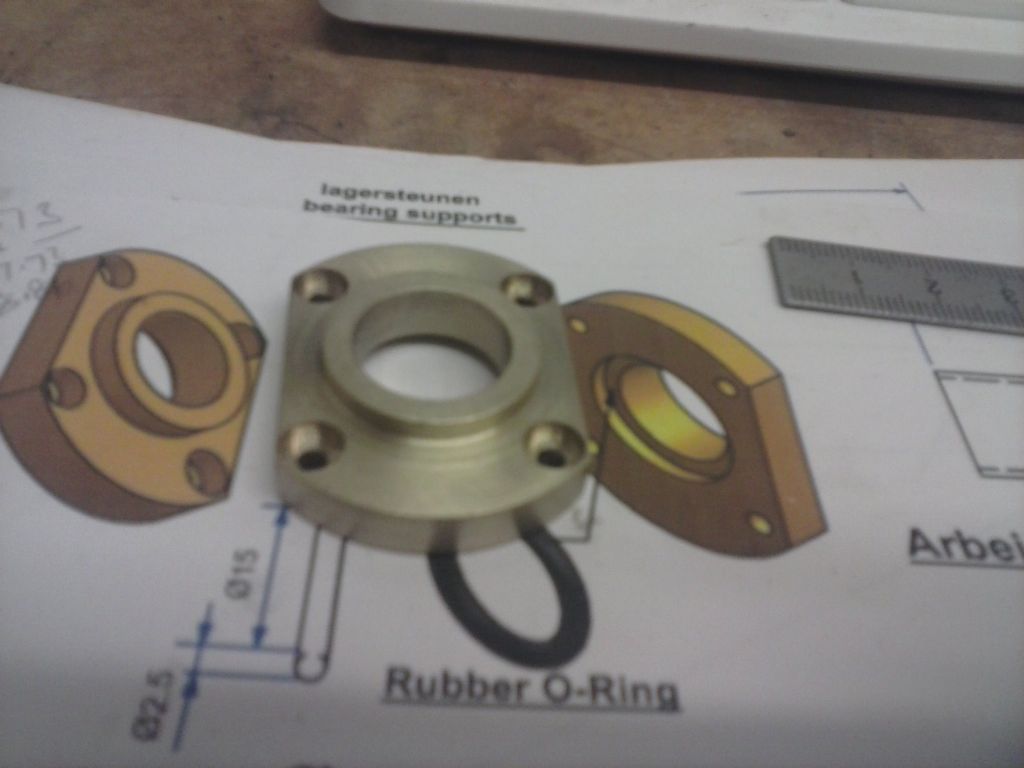
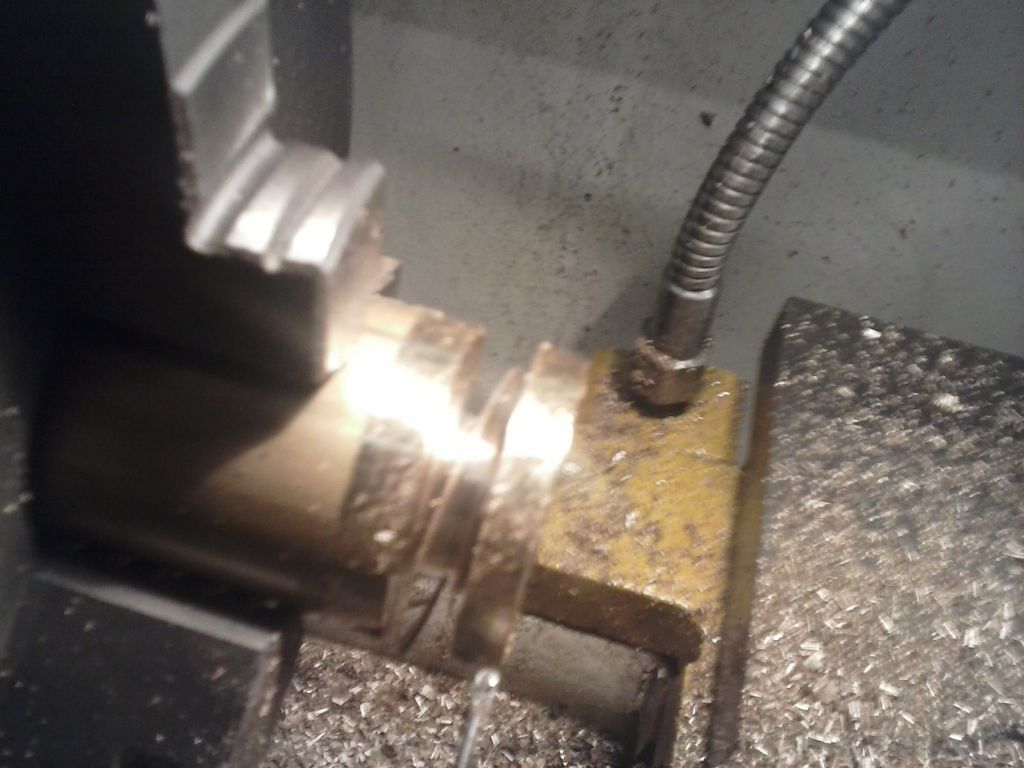
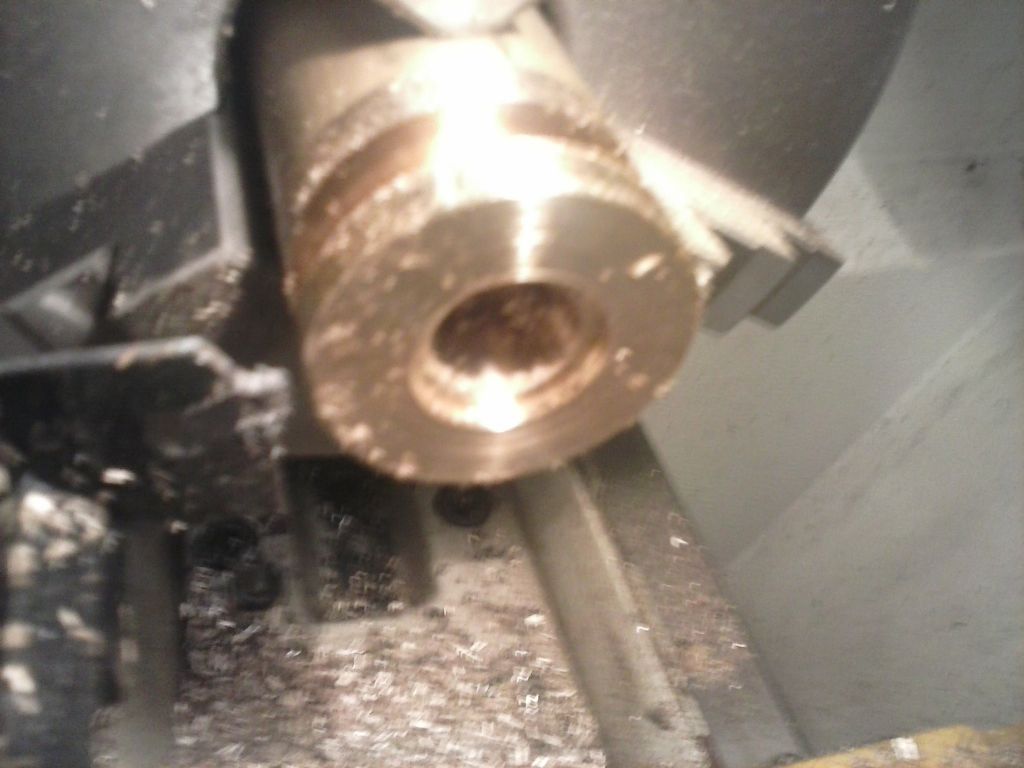
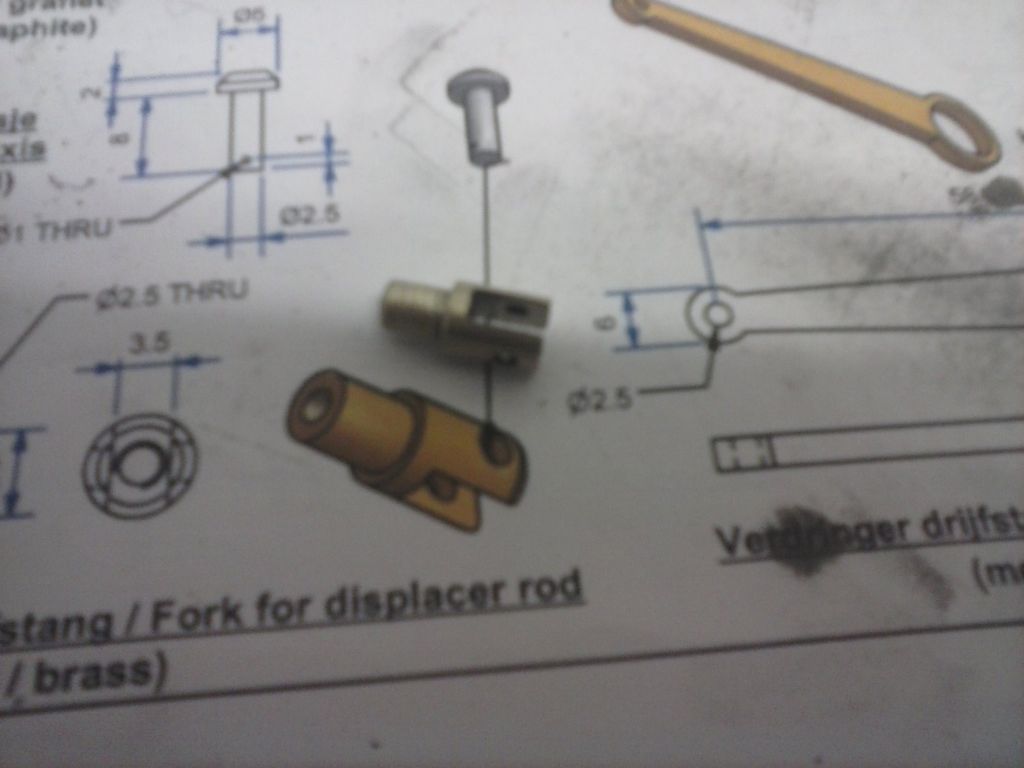
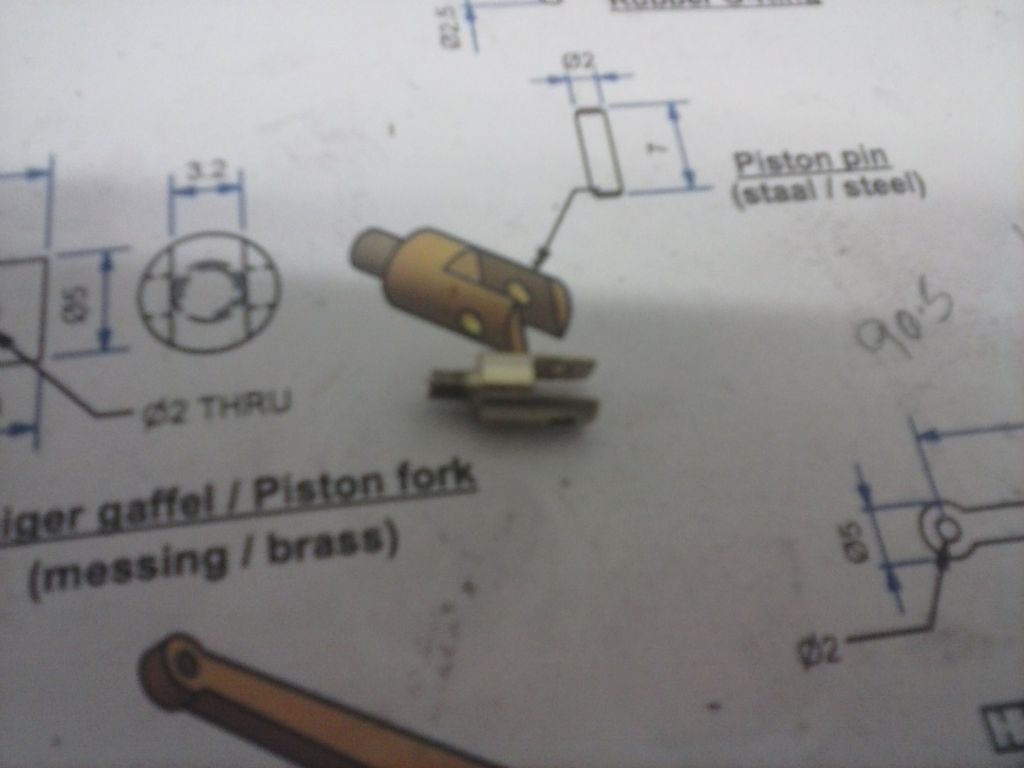
 It's just not even both sides of the midline and will have to be done again. I can't see a way of cheating it howveer functional it may be…
It's just not even both sides of the midline and will have to be done again. I can't see a way of cheating it howveer functional it may be…